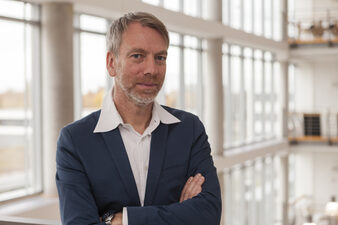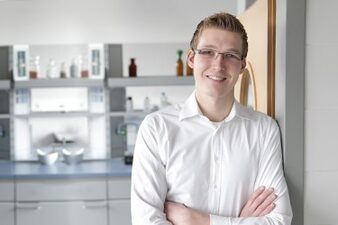About the teachingarea
Metal construction has a long tradition in architecture. Designers such as Jean Prouvé and R. B. Fuller recognized that, in addition to conventional components such as corrugated and trapezoidal profiles, other constructions could be generated from the easily formable semi-finished product. Their realizations range from furniture and system houses to large domed buildings. They prove that intelligent planning can break new ground in architecture. In view of new technologies and construction possibilities, metal construction still offers an exciting field of activity today. While industrially manufactured components are characterized more than ever by their efficiency and durability, a wide range of tasks awaits future architects in both the structural and technological fields. New structural approaches, such as the faceting of complicated shapes, are one of the options for implementing non-orthogonal forms in the built environment. Questions of aesthetics and Business Studies are thus covered in equal measure. New technologies such as hydroforming also allow today's planners to strive for completely new and efficient solutions in the component sector. Of course, the energy optimization of façades and roofs also plays a major role, which is becoming increasingly refined in the course of sustainability. System-integrated approaches such as solar thermal energy or photovoltaics can help to convert purely "usable areas" for energy generation. The direct involvement of students in the projects is characteristic of the subject "Metal Construction". In addition to theoretical consideration, the aim is always to establish a link to practice, which ideally leads to a joint implementation on a 1:1 scale. Networking with cooperation partners from the region is a good starting point for this. While the Bachelor's degree course focuses primarily on the basics, students on the Master's degree course in "Metal Building Envelopes" can deepen their knowledge and advance into research.


